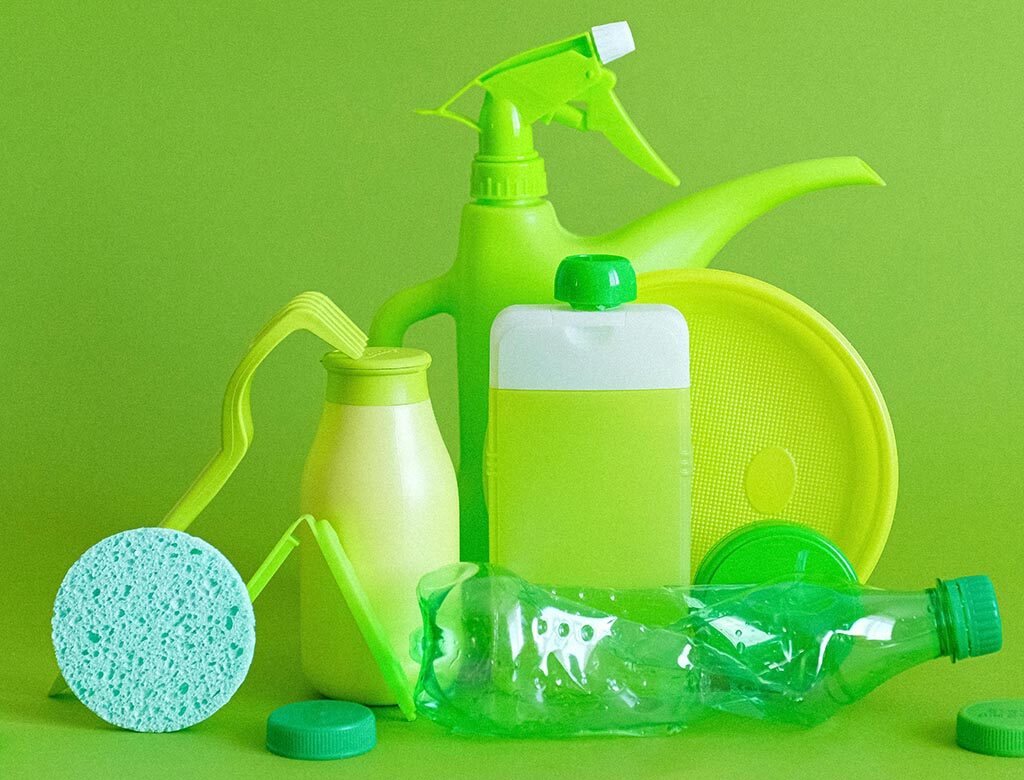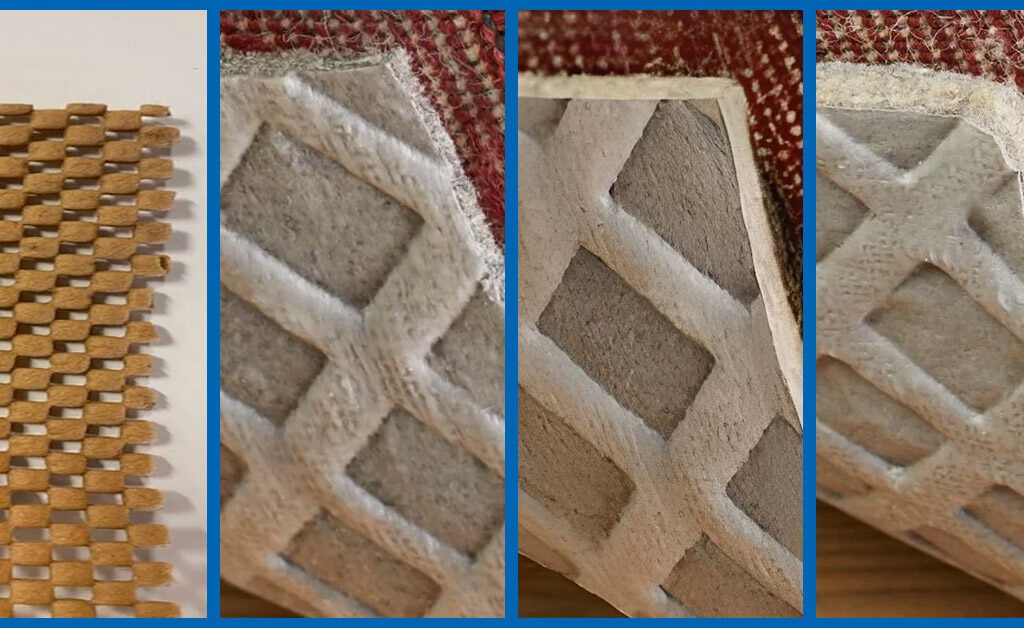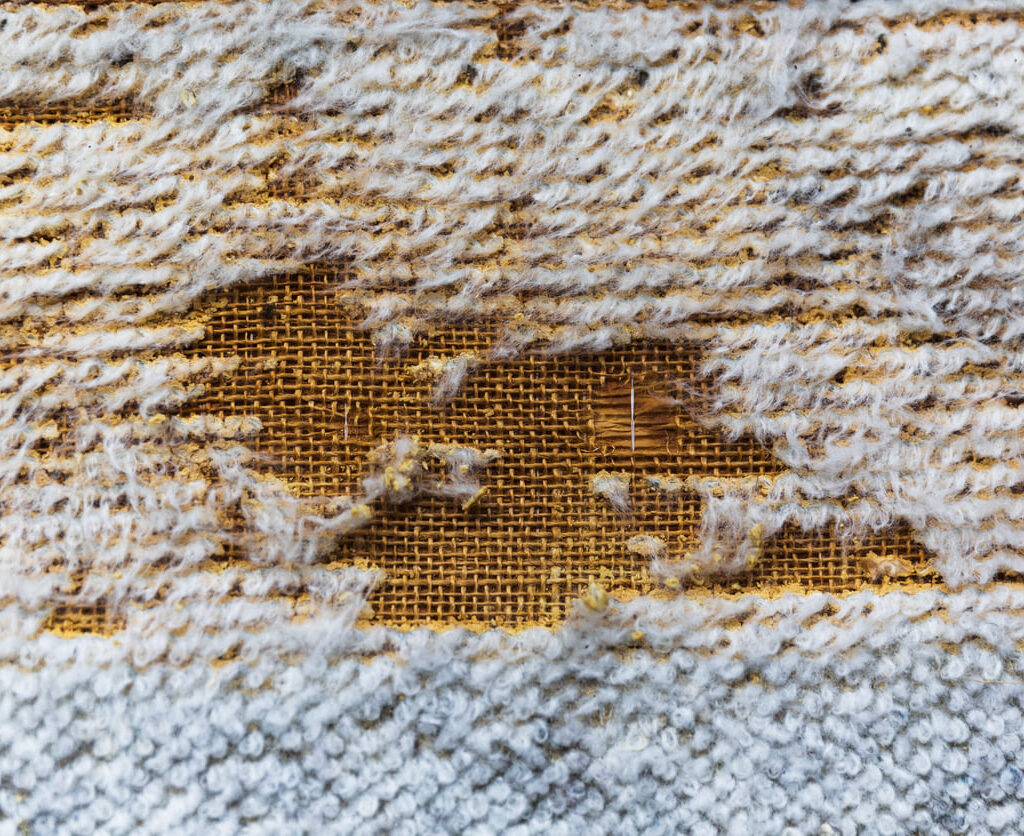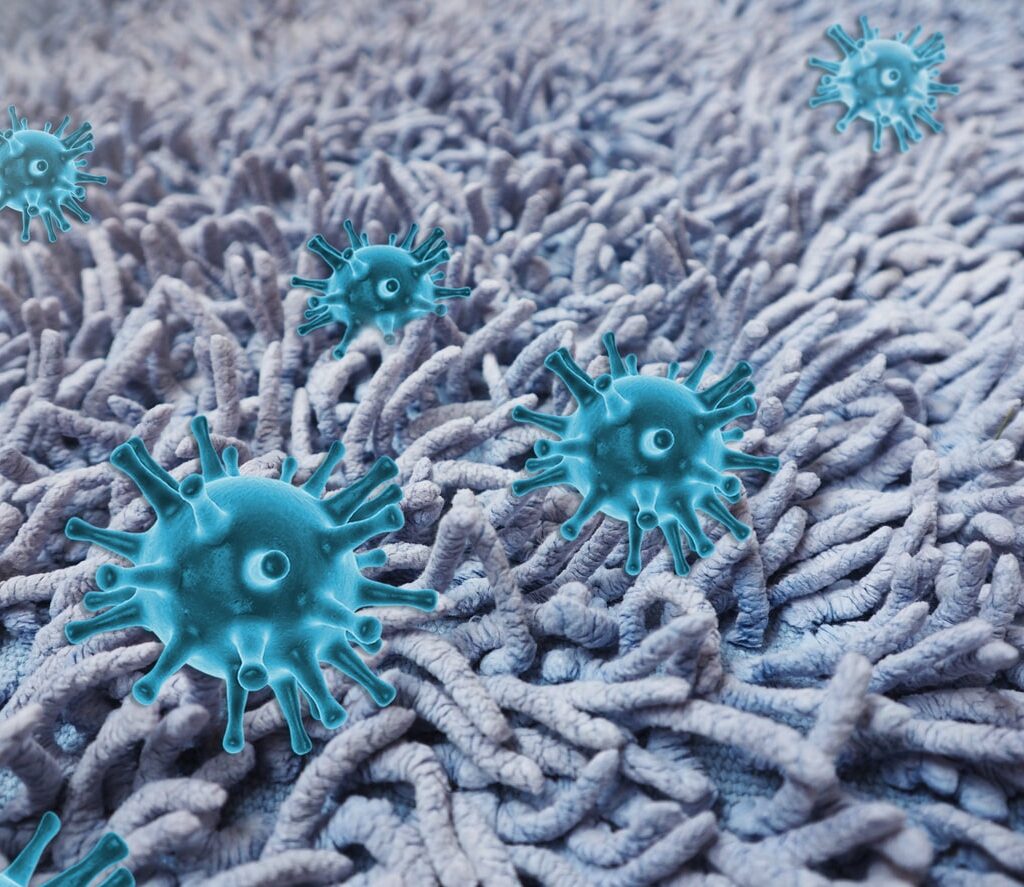Homemade carpet cleaning methods are becoming more popular in Canada as people look for safer, more affordable, and environmentally friendly ways to maintain their floors. Choosing the right recipe means understanding which ingredients work, how they work, and the safest way to use them.
This guide explains the most effective ingredients, how to combine them, and when to choose professional help instead. It is based entirely on evidence from scientific studies, Canadian health guidelines, and environmental recommendations.
The Purpose of Homemade Carpet Cleaners
Homemade solutions are best for cleaning and deodorizing. They are not always able to disinfect to the standard set by Health Canada, which requires killing 99.99% of harmful microbes. Disinfection usually calls for approved commercial products or properly diluted bleach.
A good DIY carpet cleaning solution should do the following:
- Remove visible dirt and grime
- Lift stains from fibres without damaging them
- Neutralise odours
- Be safe for people, pets, and the environment when used correctly
Keeping these goals in mind will help you choose recipes that are effective, safe, and appropriate for your carpet type.
Best Ingredients for a Homemade Carpet Cleaner
These ingredients are widely available, affordable, and effective when used correctly. Understanding their strengths will help you choose the right one for the job.
1. White Vinegar (Acetic Acid)
White vinegar’s acidic properties help dissolve dirt, break down mineral deposits, and cut through grease. It also neutralizes odours and can help with some bacteria and fungi.
Basic recipe for spot cleaning:
- 1 cup distilled water
- 1 cup distilled white vinegar
- 1 tsp dishwashing liquid
Spray on the stain, wait 1–5 minutes, gently agitate, rinse, and blot dry.
For carpet machines, use one part vinegar to two parts water for synthetic carpets, and equal parts vinegar and water for natural fibres.
2. Baking Soda (Sodium Bicarbonate)
Baking soda works as a mild abrasive and is an excellent natural deodorizer. It absorbs odours and can be used dry or as part of a cleaning paste.
Dry deodorizing method:
- Vacuum carpet
- Sprinkle baking soda over the surface
- Let sit for several hours or overnight
- Vacuum thoroughly
For stains, it can be applied before vinegar for a fizzing reaction that helps loosen debris.
If pet odours are a concern, see our guide on how to remove dog smell from carpets.
3. Hydrogen Peroxide (3% Solution)
Hydrogen peroxide lifts tough organic stains like coffee, wine, and pet messes through oxidation. It is also an approved disinfectant ingredient, but its effectiveness varies depending on surface type and concentration.
Spot treatment method:
- Blot up as much liquid as possible
- Spray a mix of mild dish soap and warm water
- Apply hydrogen peroxide directly to the stain
- Let sit for a few minutes
- Blot and rinse
Always test first, as hydrogen peroxide can lighten fabrics. For safe handling and storage tips, see the Government of Canada’s hydrogen peroxide fact sheet.
4. Mild Dish Soap
Dish soap is a surfactant, helping water penetrate fibres and lift dirt and oils. Use only small amounts, about 1 tablespoon per gallon of water, since excess can leave sticky residue that attracts dirt.
Recipes for a Homemade Carpet Cleaner Solution
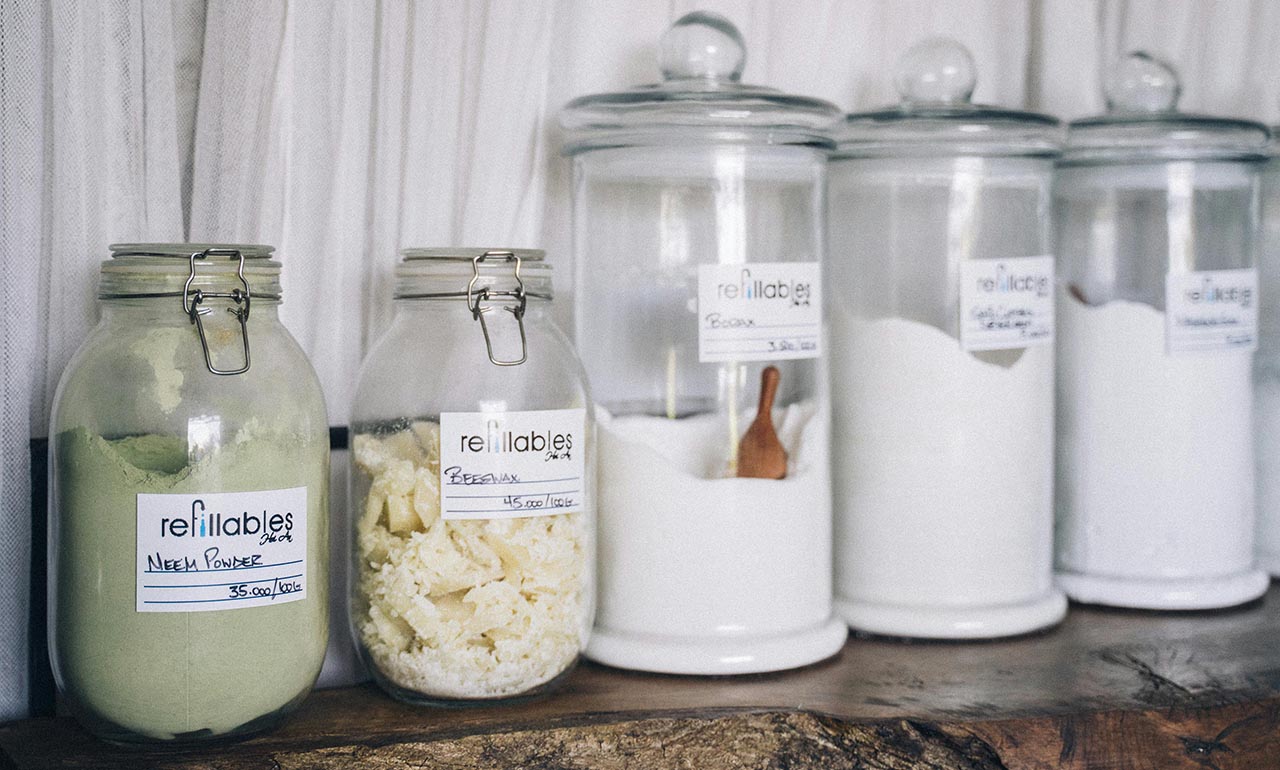
These recipes use proven, safe ingredients that clean effectively without the harsh chemicals found in many commercial products. Always prepare fresh solutions, follow the measurements carefully, and test on a small hidden area before using them on your entire carpet.
1. For Spot Cleaning
- 1 cup water
- 1 cup white vinegar
- 1 tsp dish soap
Or for organic stains:
- 1 tsp dish soap in 1 cup warm water
- Apply hydrogen peroxide after pre-treating
2. For Machine Cleaning
- 3.75 L hot water
- 1/4 cup hydrogen peroxide
- 2 tbsp white vinegar
- 1 tbsp dish soap
Used correctly, these mixes can remove dirt, lift stains, and refresh carpets while being safer for people, pets, and the environment. Store any leftover solution properly and discard if it changes colour or smell.
Natural Carpet Cleaner Safety Tips
Homemade cleaning solutions can be effective, but they still require safe handling. These tips help protect you, your household, and your carpet.
- Patch test first in an inconspicuous spot to avoid discolouration or damage
- Use adequate ventilation to reduce odours and speed drying
- Store solutions in labelled containers away from children and pets
- Avoid over-wetting carpets to prevent mould growth. The Government of Canada’s mould prevention and cleanup guide has more information on keeping your home mould-free.
- Wear gloves if you have sensitive skin, especially when handling hydrogen peroxide or baking soda
Following these precautions reduces risks while getting the full cleaning and deodorizing benefits from your homemade solutions.
Homemade Rug Cleaner for Deodorizing
Sometimes you just need to refresh your carpet’s smell without a full wash. This simple, dry method works well and avoids the moisture that can lead to mould.
- Mix 1 cup baking soda with 1/2 cup cornstarch
- Add a few drops of essential oil (optional)
- Sprinkle, leave for several hours, then vacuum
This acts as a natural carpet cleaner that freshens and absorbs odours safely. For pet-related odours, allow more dwell time before vacuuming.
When to Call a Professional
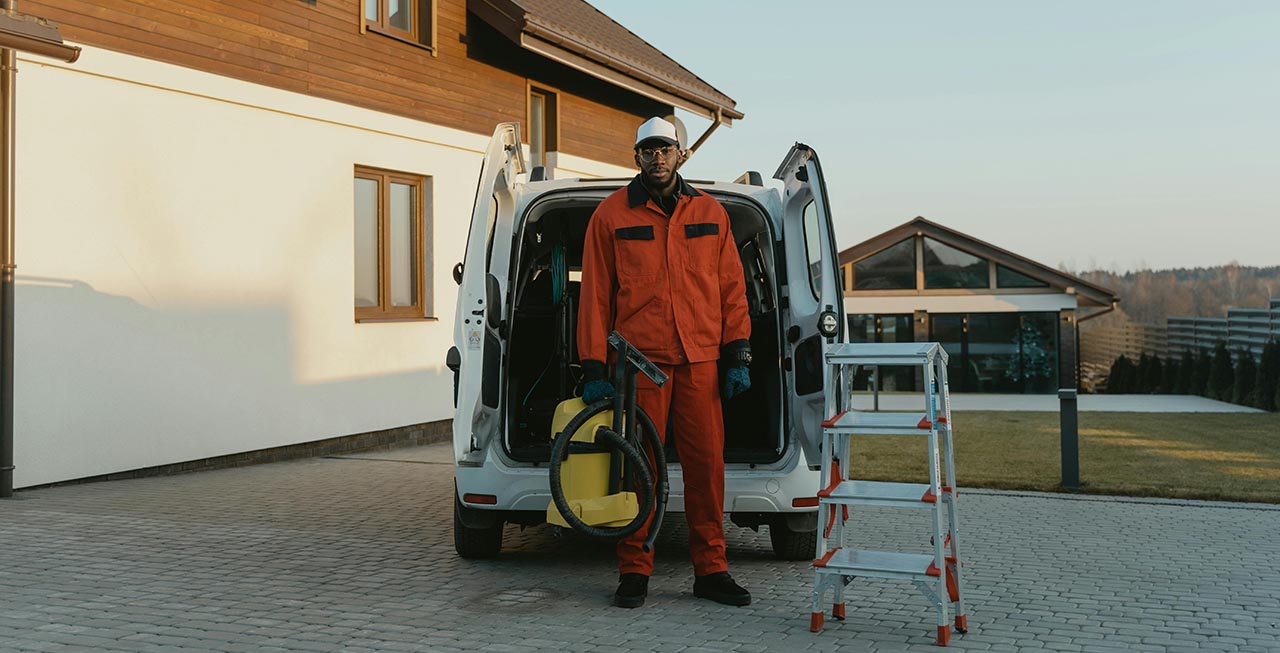
Even the best homemade carpet shampoo will not replace professional services for certain jobs. You may need expert help for:
- Large mould growth
- Severe staining
- Antique or delicate rugs
- Carpets with heavy allergen buildup
Professional cleaning ensures a deeper, longer-lasting result and can protect the investment you have made in your flooring.
If you are unsure how often to deep clean, our guide on how often you should clean your area rugs can help.
Frequently Asked Questions (FAQs)
What is the best homemade carpet cleaning solution for pet stains?
A mix of hydrogen peroxide and mild dish soap works well for organic stains, followed by thorough rinsing. Test on a hidden area first.
Can I use homemade carpet shampoo in a carpet cleaner machine?
Yes. The hydrogen peroxide, vinegar, and dish soap mix can be used in machines, but follow your machine’s guidelines.
Is a DIY carpet cleaner safe for all carpets?
Most recipes are safe for synthetic carpets. Natural fibres may require gentler ratios, like equal parts vinegar and water instead of stronger mixes.
What is the safest homemade carpet cleaner solution for allergies?
A combination of baking soda for deodorizing and vinegar for cleaning is effective and low in allergens. Avoid strong essential oils if sensitivities exist.
Can I make a carpet cleaner at home that disinfects?
Homemade cleaners may reduce microbes, but for full disinfection as defined by Health Canada, use an approved commercial disinfectant.
Final Thoughts
The most effective homemade carpet cleaners use white vinegar, baking soda, hydrogen peroxide, and mild dish soap. When combined in the right ratios and applied with proper safety measures, they can clean, deodorize, and refresh carpets while reducing chemical exposure and supporting environmental goals. Regular HEPA vacuuming, prompt stain treatment, and thorough drying all help maintain results. For situations like mould, antique rugs, or deep-set stains, professional cleaning remains the better option.
Keep your rugs looking and smelling fresh year-round. Our professional cleaning goes beyond surface results for a healthier, longer-lasting finish. Get a personalized quote and see the difference.

